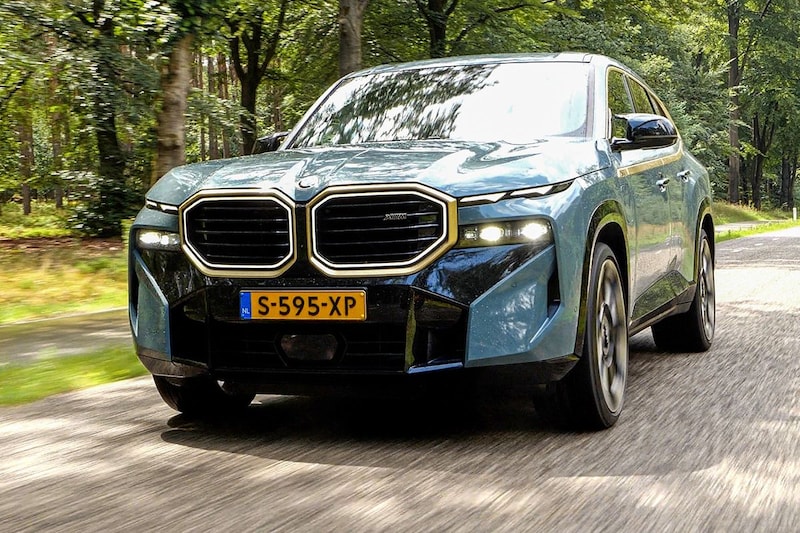Time for a European maximum?

Do you also have the feeling that new cars are getting bigger and bigger? That feeling is correct. Research by the European environmental organization Transport & Environment shows that new cars are becoming increasingly wider.
The average new passenger car sold in the European Union is more than 1.8 meters wide without including side mirrors. Every two years, new passenger cars become an average of one centimeter wider, according to research by Transport & Environment. Roughly half of the cars sold in the EU are currently wider than 1.8 meters. 3 percent are even wider than 1.92 meters. More car, more space? Perhaps in the car, but according to Transport & Environment, the increasing size of new cars for public spaces is bad news.

For example, according to Transport & Environment, many parking spaces are not designed for cars that are 1.8 meters or wider, resulting in cars being close together or taking up part of the road, a cycle path or footpath. SUVs in particular take up quite a bit of space. Transport & Environment mentions cars like the BMW X5 and X6, Audi Q8, Mercedes-Benz GLS, Porsche Cayenne, Land Rover Defender, Range Rover and Range Rover Sport, and Volkswagen Touareg as examples of SUVs that approach 2 meters in width or exceed. Large American pick-ups that are brought to Europe – and which can also be found in large numbers in the Netherlands – such as the Ram 1500, with widths of almost 2.1 meters, are even 30 centimeters too wide for an average European parking space, according to the calculations. environmental organization.
Transport & Environment research shows that the 100 best-selling car models in 2018 had an average width of 1.78 meters. The average width of the 100 best-selling cars in Europe in the first half of 2023 was already 1.80 meters. In 2001, the average width was just under 1.71 meters. For example, a BMW X5 was just under 1.94 meters wide in 2010, while the current model just exceeds 2 meters. Cars that do not fall into the ‘large SUV’ category are also becoming wider. For example, the current Nissan Qashqai is 3 centimeters wider than the previous model, the new Peugeot 3008 is 5.4 centimeters wider than its predecessor and the Astra also grew 5 centimeters in width during its last generation change, Transport & Environment calculates.
Transport & Environment presents a hypothetical scenario in which the 3 percent widest cars (+1.92 meters) may no longer be sold. The BMW
Transport & Environment believes that the European Commission should take a closer look at the trend of increasingly wider cars. The organization believes that a European maximum should be set for the size of cars. It is not only the width of cars that worries the club, the height also causes problems, according to the organization. For example, in the event of a collision with a pedestrian or cyclist, the risk of fatality increases by 30 percent for every 10 centimeters that the front of a vehicle is higher. Transport & Environment also has difficulty with the fact that larger cars are generally heavier and that more material is required for production. This is obviously not in line with the environmental goals that the environmental organization has in mind. The full research can be read here.
– Thanks for information from Autoweek.nl